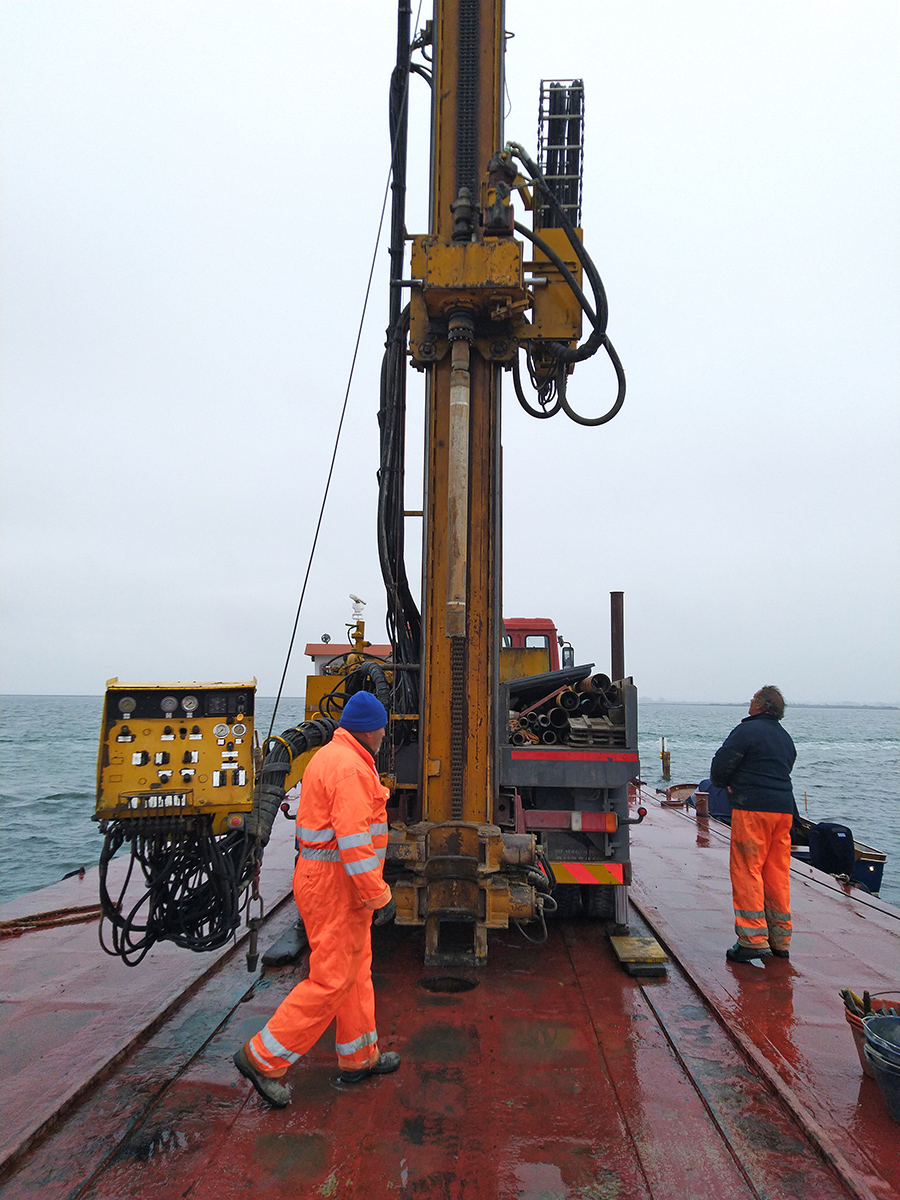Underground variations and the effects of age
Underground variations and the effects of age

The subsurface of the Venice Lagoon is highly heterogeneous. The formation and the evolution of the lagoon during the last ~11.000 years led to the deposition of different types of sediments (peat, silt, clay and sand), that, varying from site to site, testify the different depositional environments occurred over time.
We performed a 10-m core in the vicinity of the pilot project Le Sorelle B to characterise the sediments composing the subsurface and the thickness of each stratigraphic unit. We also collected five samples in the 10-m core to be analysed with the C14 radiocarbon dating technique.
This information will help us to reconstruct how and when the lagoon was formed, and how it evolved through time.

These measurements are fundamental to predict the future behaviour of natural and artificial marshes as they stand over a subsurface which is prone to compaction, particularly where thick layers of peat occur, leading to a higher probability of the marshes to sinking processes. All these data will be collected and used in physic-based models to project the future survivability of recent nourishment projects in the Venice lagoon aimed at building new morphological landforms such as salt marshes.
◾